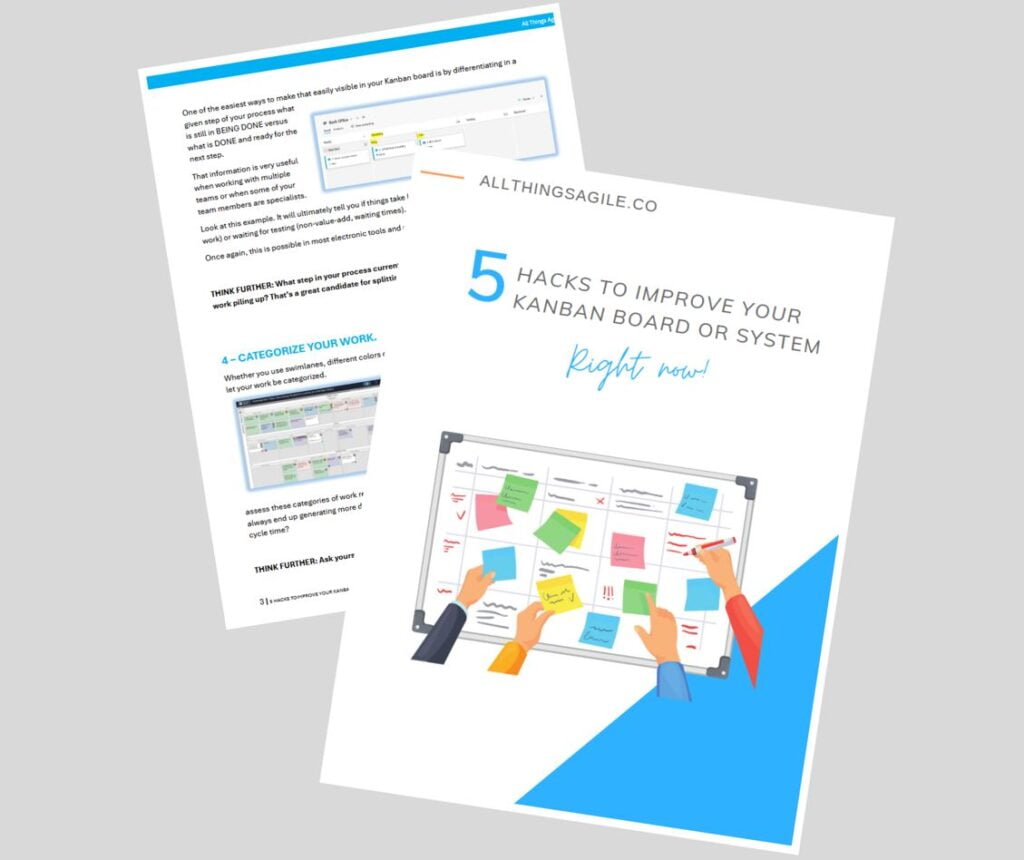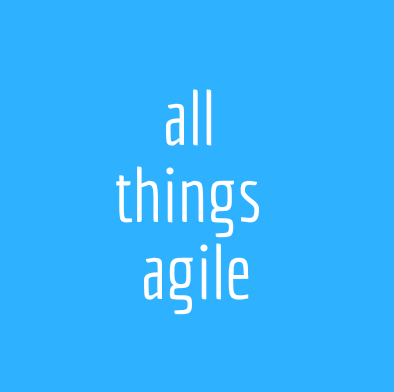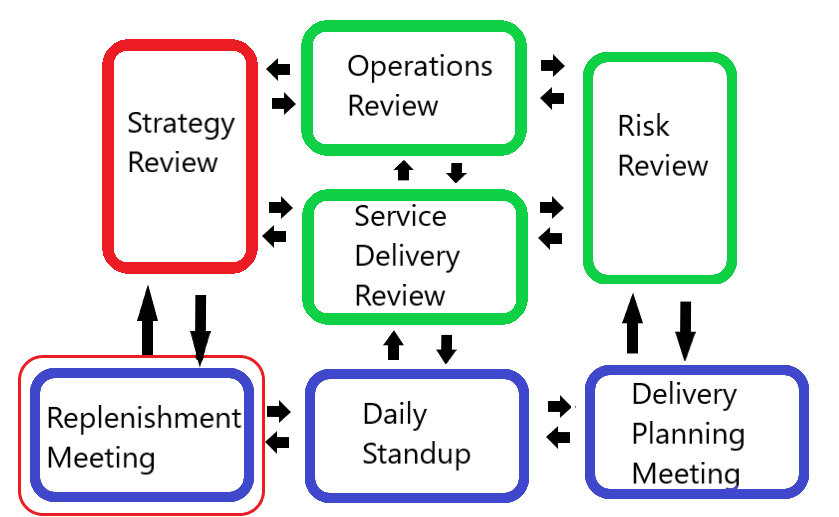Kanban has evolved since the 1940’s when it was invented by Taiichi Ohno to solve issues on manufacturing plants. Back then it was focused on the model of the “7 Wastes”, which is still relevant in many industries to this day and can certainly be adapted even for the technology space. Waste is a big problem for value delivery, and I wrote a post on the topic if you’re interested.
However, what Kanban is today is largely a brilliant adaptation by David J. Anderson, a management consultant and pioneer of the Kanban method and a number of related frameworks. He wrote many books on Kanban, all of which I recommend if managing the work is what your agility needs to focus on today.
But what is Kanban beyond the boards you see everywhere? What is Kanban today? We’ll explain Kanban as evolved to this modern version by looking at its practices and principles.
If you want to listen to me, here’s a video for that:
If you are a reader type, let’s move on with this post!
What is Kanban (today)?
Kanban is a methodology for managing work in a way that protects the flow of value. It basically means people proactively and collaboratively pay attention to the work during each of its stages, from inception to delivery, and let nothing get in the way of its successful completion. Impediments are dealt with as they arise, and nobody keeps switching context.
In Kanban, collaboration is key, including collaboration with the client; leadership is encouraged at all levels of the production phase and by everyone; and quality is never an afterthought. But collaboration is not just mobbing together. I’ll explain more later.
Since we are following the method of David Anderson, I’ll introduce you here to Kanban as having 4 core principles and 6 practices to follow for maximum effectiveness.
Kanban has 4 Principles
Just like with Agile principles, well Kanban also has principles to be followed and the first one is so essential that it stood the test of time remained the same.
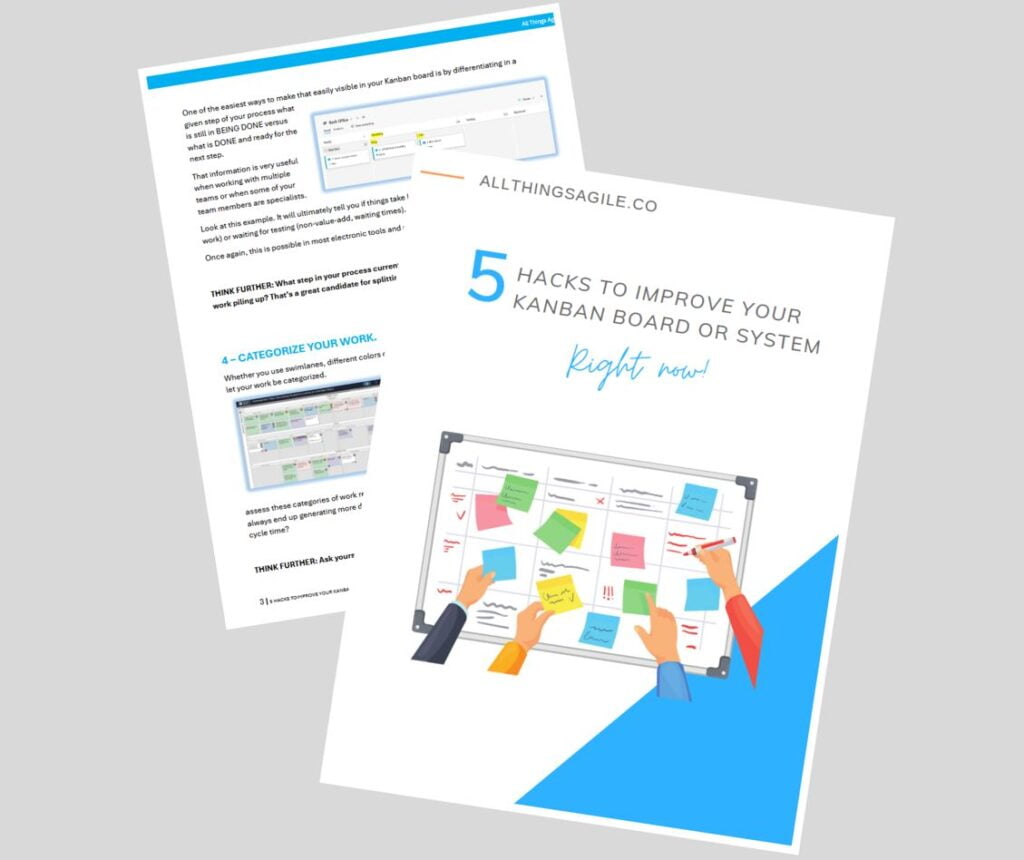
If you are looking for more ways to improve your Kanban board and system, you have a freebie at the end of this post.
Let’s look into each of the 4 principles of Kanban.
1 – Start with what you do now
The beauty of Kanban is how it was thought and designed to work with existing processes and ways of working, instead of replacing them. What I really appreciate about this principle is how it acknowledges that there are things that work today, and we should keep using and refining them.
This principle makes it easy to start with Kanban and it also makes it easy to justify using it, since nobody will fear too much change or cost.
You see these agile transformations disrupting everything you do currently in the name of brand-new ways of working… and you see how well it’s (not) working for these organizations. It’s costly, it’s disrupting. It’s the opposite of what the next Kanban principle says.
2 – Agree to pursue incremental, evolutionary change
Kanban acknowledges the challenges of implementing substantial changes, which often encounter resistance from people at all levels in the organization. Senior management usually worries about escalating expenses, whereas project teams are apprehensive that alterations in their work routines could hinder their pace and compromise the quality. Indeed, significant changes come with hefty costs—not just financially, but also in terms of focus and the capacity to deliver results.
And that leads to the next one.
3 – Respect the current process, roles, and responsibilities
One of my favorites, working with the existing structures in the organization is a core principle of Kanban.
Once again, no need to destroy to rebuild. Kanban values the unique processes and roles that have evolved within an organization, recognizing that they are tailored to its specific context… and that their next iteration will look somewhat different, but still preserving elements the team or group deems necessary.
Kanban systems in different companies look significantly different and they should! Imposing standardized roles and responsibilities often comes at the cost of disrupting established workflows and the intricate network of how people collaborate. This is a common critique of frameworks like Scrum and SAFe, which tend to overlook the value of the existing system in pursuit of uniformity of roles and processes.
4 – Encourage acts of leadership at all levels in your organization
Finally, Kanban not only celebrates the spirit of collaboration but also champions the idea that leadership can emerge from any level within an organization. It empowers individuals to take ownership of challenges and proactively seek solutions. With robust reasoning and supporting data, any team member is encouraged to step forward and initiate action.
This approach democratizes the concept of leadership, suggesting that insights and proactive measures can come from anywhere, fostering a culture of self-empowerment. In this new paradigm of leadership, every voice has the potential to contribute meaningfully, driving innovation and continuous improvement from the ground up.
Kanban has 6 Practices
When it’s time to design and manage your Kanban system, Kanban is ruthless on practices for quality and focus, while being extremely flexible on HOW you will implement your work. Kanban favors an uninterrupted flow of work, or I should say, flow of value. A task as a task is nothing if it doesn’t align with value for the customer or the business.
One of the most important aspects of Kanban is that it follows the idea of a “pull system”, which comes from the Lean Thinking insight of waste management to prevent context switching and inventory build-up. It basically means finish what you started before starting something new in that “don’t call me, I call you”, when I’m ready to do more work.

So in Kanban, while you can have your regular meetings, the work itself is not bound to timeboxes, such as sprints in Scrum.
So what are the 6 Kanban practices?
1 – Visualize everything
I am sure you’ve seen those Kanban boards everywhere. And they are a testament to how visualizing the work is the first and most important step in informed management.
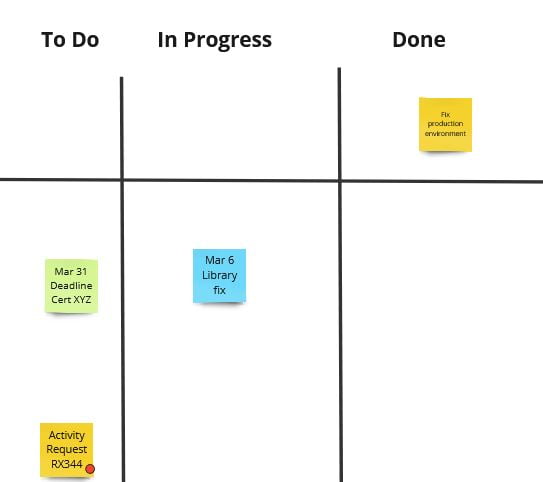
Now, while the TODO | IN PROGRESS | DONE boards are helpful only to very simple tasks and most people use it at home with their kids, chances are in your company you already have a process, and it does not look like that. And what you want to represent and see and manage is the reality of your business or team.
So when we talk about visualizing everything, we mean the work, the process (or the workflow) and risks and issues, which you can represent in various ways.
You want to make it visual because you want the information to jump at your eyes. If work is flowing nicely, you see the smooth transition of the cards on the board. If something is piling up on a specific step of your workflow, you will notice and act. If some risk or event happened, labels, dots and all sorts of visual aids are there to make sure you spot the need for management immediately.
The key point is: if you see you know; if you know, you can act on it.
2 – Limit Work-in-Process (WIP)
By setting WIP limits, you ensure a balanced workload at all times – avoiding the pitfalls of overburdening or underutilizing the team. The goal is to maintain an optimal number of tasks on the Kanban board, aligning with the team’s capacity to deliver effectively.
This balance is maintained through a pull system, which allows new tasks to be introduced only when there is sufficient bandwidth to address them. Establishing and fine-tuning WIP limits is crucial for this system to function smoothly, ensuring that the flow of work is steady and manageable.
Many people call this one work-in-progress, but I call it work-in–process. And that is because work that is somehow blocked, waiting or piling up is still occupying mental space, still needs to be fixed before you decide to go for new work, with risk of engorging your system and being unable to meet deadlines or quality standards.
3 – Manage flow
Now that you visualize and you understand the capacity of your system, aka your WIP limit, you then proactively manage the work in it. Can a new work item be started? How to unblock another work item?
In my opinion that is the single most ignored practice of Kanban when beginners start adopting it. They use the boards… but don’t respect their WIP limits; don’t prioritize their work items; get too relaxed on how much WIP can be accepted; accepting too many interruptions, etc.
The owner of the process (a project manager or maybe a whole team) is responsible for keeping the workflow moving uninterrupted while keeping an eye on impediments, bottlenecks, and all sorts of risks. Remember, in Kanban, managing the work means you are protecting the flow of value at all times.
4 – Make policies explicit
Now in order to work as effectively as possible and to let work flow smoothly within a Kanban system, you must make the policies, the rules, the operational guidelines explicit. That means they are known and available.
Why? The point of this practice is to make sure the decision-making process is always informed and not subject to the emotions of the moment. It also enhances communication and promotes consistency. Known and explicit policies make it easy for people to live the principle of leadership at all levels, since they know what’s expected and allowed.
Note to self here? Evolve your policies to improve outcomes. The process is useful… until it isn’t anymore. in which case it gets modified. Explicitly.
5 – Implement feedback loops
In Kanban this practice is once again very flexible. It’s important a team, a project, a whole department design their process for feedback and improvement and decide when and where to look. There is feedback that come in periodically and feedback that happens as soon as someone spotted a problem or an opportunity.
So, it’s not only about meetings, dashboards, and forums to talk about the quality and the partial results, but also who to involve, inform and consult in those occasions.
6 – Improve collaboratively, evolve experimentally
In alignment with Kanban principles, this Kanban practice is a reminder of whatever method you used based on your practice of collecting feedback, use many insights (collaboration) and build on top of what works and change things minimally (evolve) instead of reinventing wheels.
The collaboration part ensures a collective understanding of the issues at hand is essential for achieving robust, sustainable change and securing widespread buy-in.
As for the experimentation part, be mindful! This isn’t about haphazardly altering processes on a whim during ‘exploration’ phases. Rather, it’s a structured approach to change, guided by well-established models and theories. We’re talking not only theory of change and change models, but also understanding how your organization, your system, operates in the world. We’re talking informed and designed experiments.
David Anderson, in his literature, often references influential frameworks such as Eliyahu Goldratt’s Theory of Constraints and W. Edwards Deming’s Theory of Profound Knowledge if you want to dig deeper. These models provide valuable insights into effective change management, emphasizing that informed experimentation, guided by a deep understanding of the system, is the key to continuous improvement and organizational agility.
Wait a minute! I just mentioned agility… which begs the question:
Is Kanban Agile?
The short answer is no.
Agile is a modern approach that emerged in the late ’90s, focusing on flexibility, collaboration, and customer-centricity. On the other hand, Kanban originates from the Lean manufacturing principles, which prioritize efficiency and waste reduction.
However, it’s interesting to note that Agile methodologies draw significant inspiration from Lean thinking and principles. So, while Kanban is not Agile per se, it complements Agile practices by enhancing workflow and productivity within teams.
The Kanban Method evolved by David Anderson is incredibly flexible and can be placed in many processes and organizations to increase their sustainability, quality to be ruthless with the focus on delivering valuable work. There is no dichotomy in using Kanban in any so-called Agile space.
Both Kanban and Agile are in its essence framework-neutral in their ability to help on work effectiveness and value delivery. In fact, you can even combine, for example, Scrum and Kanban into what many people call Scrumban.
But you have other ways of combining Scrum and Kanban and you can learn about some of those in this video I’ve made a while back.
Looking for ways to manage your work more effectively?
If you use a Kanban board, no matter what type of work you do, this guide is for you. Our guide offers 5 simple yet strategic hacks to enhance your workflow. Choose the one that resonates most, or integrate all five for a comprehensive upgrade on your Kanban. Implementing any of these hacks will streamline your delivery speed and sharpen your ability to make effective and timely work decisions.
